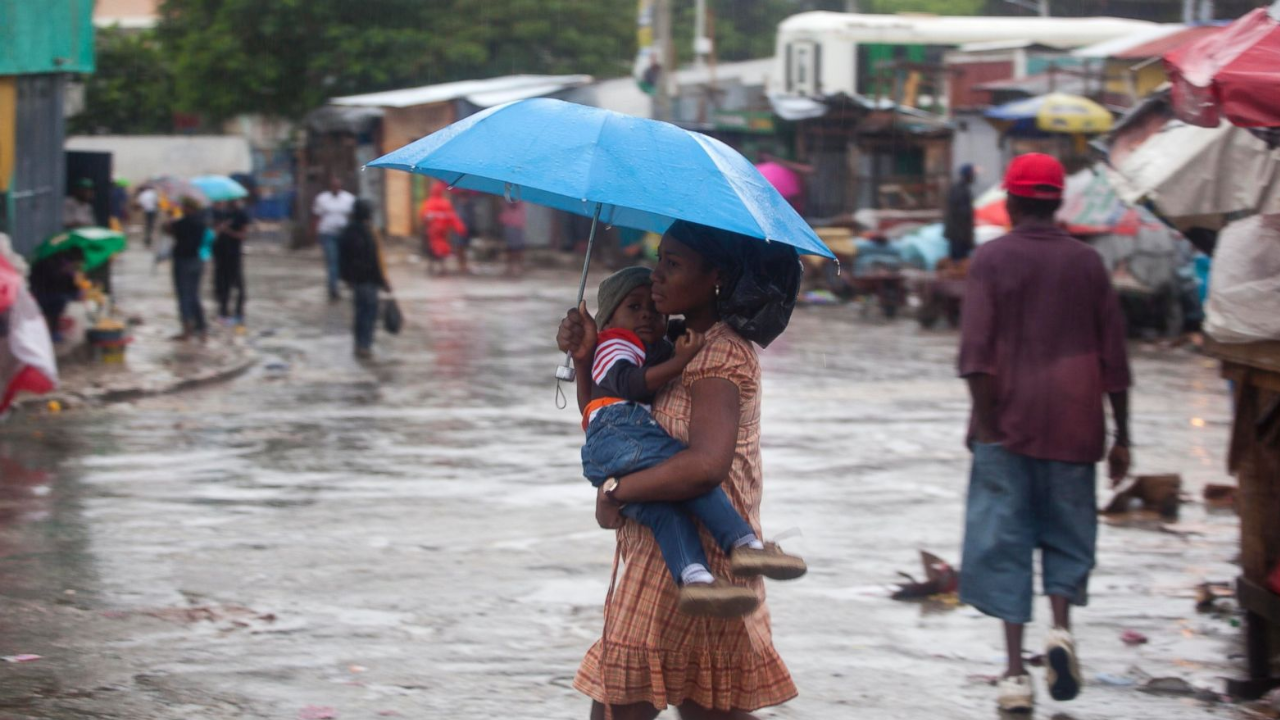
Tropical Storm Melissa took shape on October 21, 2025, roughly 300 miles south of Port-au-Prince, Haiti, becoming the 13th named storm of the Atlantic hurricane season. According to National Hurricane Center (NHC) Director Dr. Michael Brennan, the system recorded sustained winds of 45 mph as it moved westward across warm Caribbean waters.
Early forecasts placed southern Haiti, Jamaica, and the Dominican Republic squarely in its path, exposing an estimated 2.5 million people to potentially catastrophic flooding and hurricane-force winds.
Why Melissa Could Become One of the Season’s Most Dangerous Storms
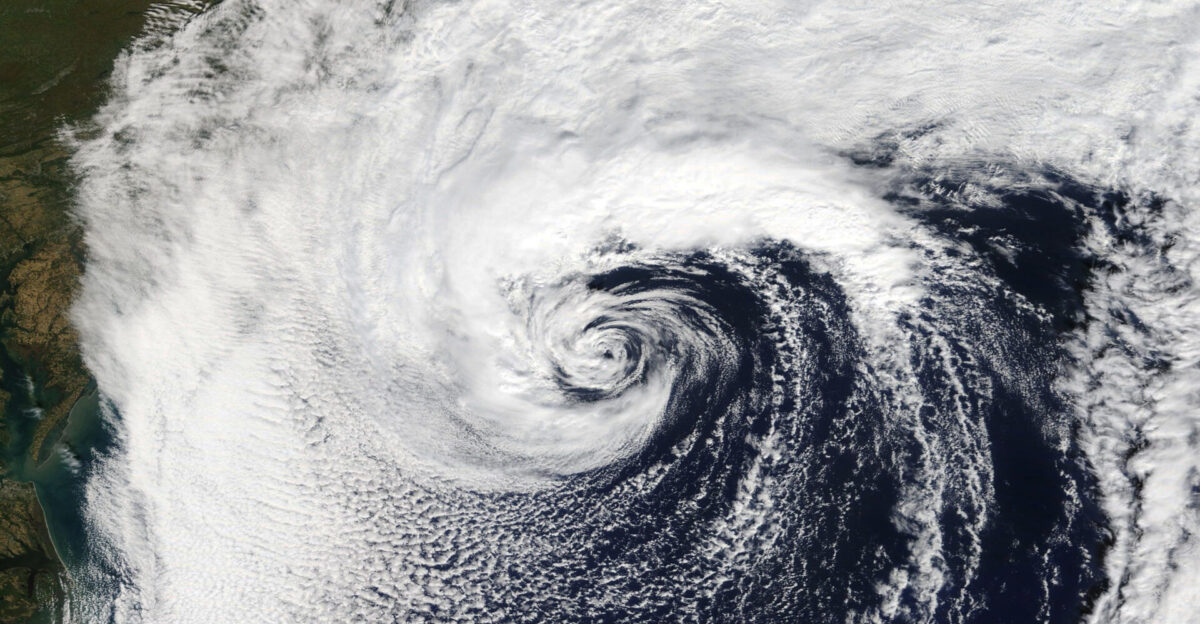
What sets Melissa apart, meteorologists say, is not just its strength, but its speed, or lack thereof. The NHC warned the storm would crawl west-northwest before stalling near Haiti or Jamaica through the weekend, a setup eerily reminiscent of slow-moving disasters like Hurricanes Harvey and Dorian.
Dr. Brennan noted that such systems “linger long enough to wring out every drop of moisture,” turning tropical rain into days of relentless downpours. Forecast models suggest Melissa could reach hurricane status by Saturday, with winds nearing 100 mph as it hovers over some of the region’s most vulnerable coastlines.
Millions Confront Urgent Evacuation Decisions
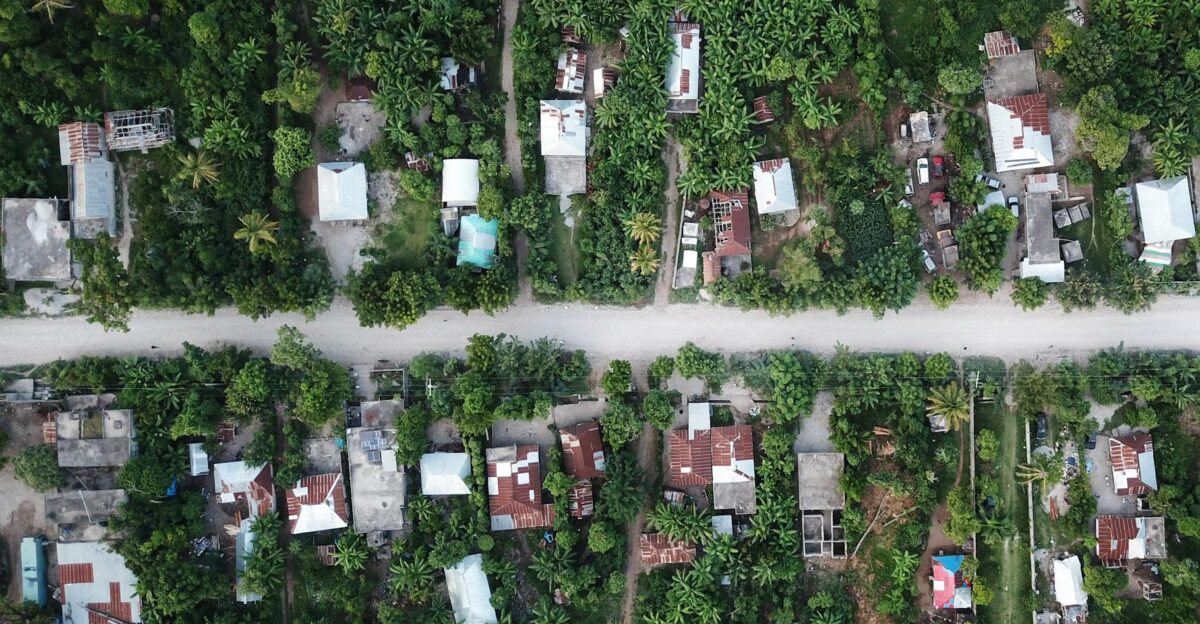
From Haiti’s southern peninsula to Jamaica’s coastal plains, millions are now facing life-altering choices. Officials in Haiti upgraded storm watches to warnings as communities from the Dominican border to Port-au-Prince prepared for flash floods and landslides. Jamaica issued tropical storm watches for low-lying parishes where heavy rains could trigger widespread flooding.
According to local officials, roughly 2.5 million people live within Melissa’s direct impact zone—many with no easy escape routes. In parts of Haiti, where political unrest and damaged infrastructure complicate evacuations, families are left to decide whether to flee or ride out the storm where they are.
Airlines and Cruise Lines Race to Adjust Routes
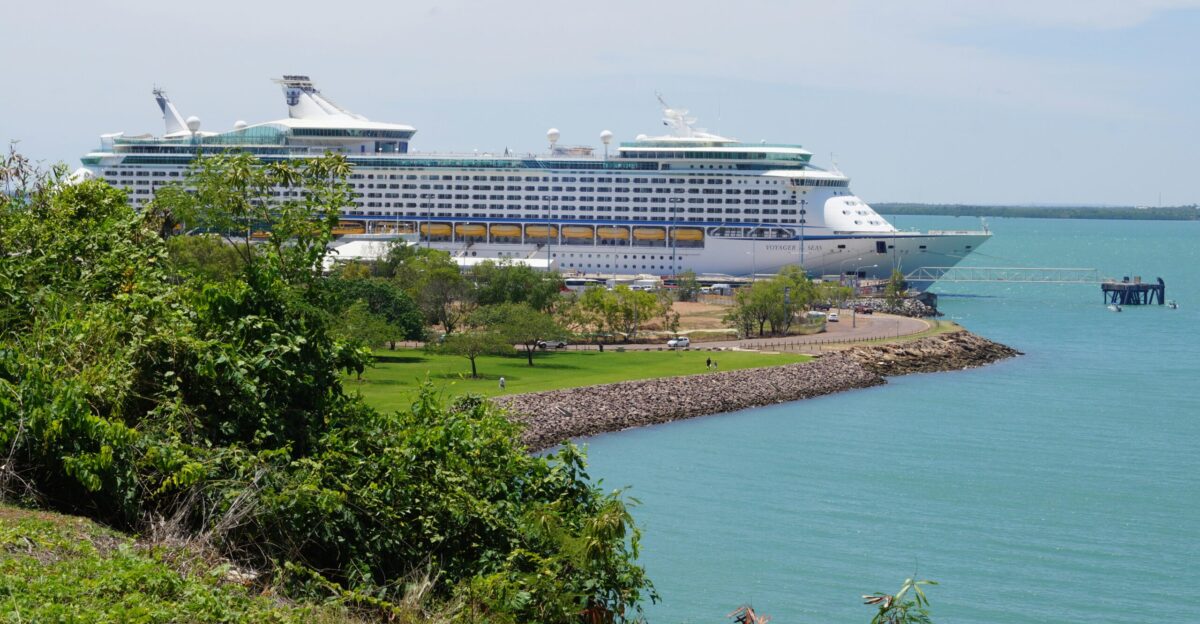
As Melissa’s winds strengthened, the travel industry scrambled. Airlines canceled dozens of flights to Kingston, Port-au-Prince, and Santo Domingo, while major cruise lines rerouted ships to safer eastern Caribbean ports. Hotel operators activated emergency procedures, boarding up properties and offering guests early departures.
The storm couldn’t come at a worse time—mid-autumn marks a crucial stretch for regional tourism. As one travel analyst told Mr. Weatherman, “Every canceled flight and missed cruise stop ripples through the economy.”
Farms Across Three Nations Brace for Heavy Losses
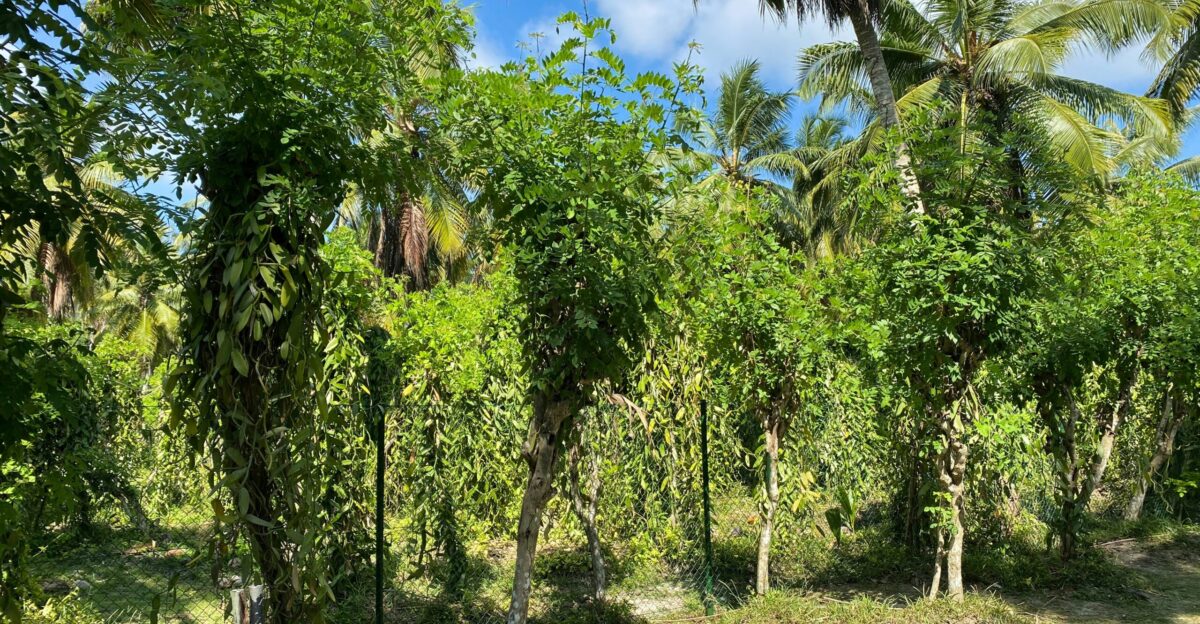
Haiti’s southern peninsula—known for its coffee, mango, and cacao—braces for devastating losses. Forecasters warn that torrential rain could destroy crops and trigger landslides across key farming regions. In Jamaica, farmers in the Blue Mountains are racing to protect coffee and banana fields, while Dominican producers face similar fears for sugarcane and cocoa near the southern coast.
According to agricultural analysts, total losses could reach tens of millions of dollars, further tightening food supplies and rural livelihoods already under strain.
Coffee and Chocolate Markets on Alert

Global commodity markets are already reacting. Traders say specialty coffee from Jamaica and Haiti and cacao from the Dominican Republic could face short-term supply disruptions if harvests are lost. According to market watchers, futures for both commodities showed early volatility as the storm’s slow movement raised fears of prolonged damage.
One commodities analyst told Mr. Weatherman that “even a two-week disruption can shift pricing,” especially when global inventories are already strained by climate impacts in South America and Africa.
Haitian Farmers Face Impossible Choices
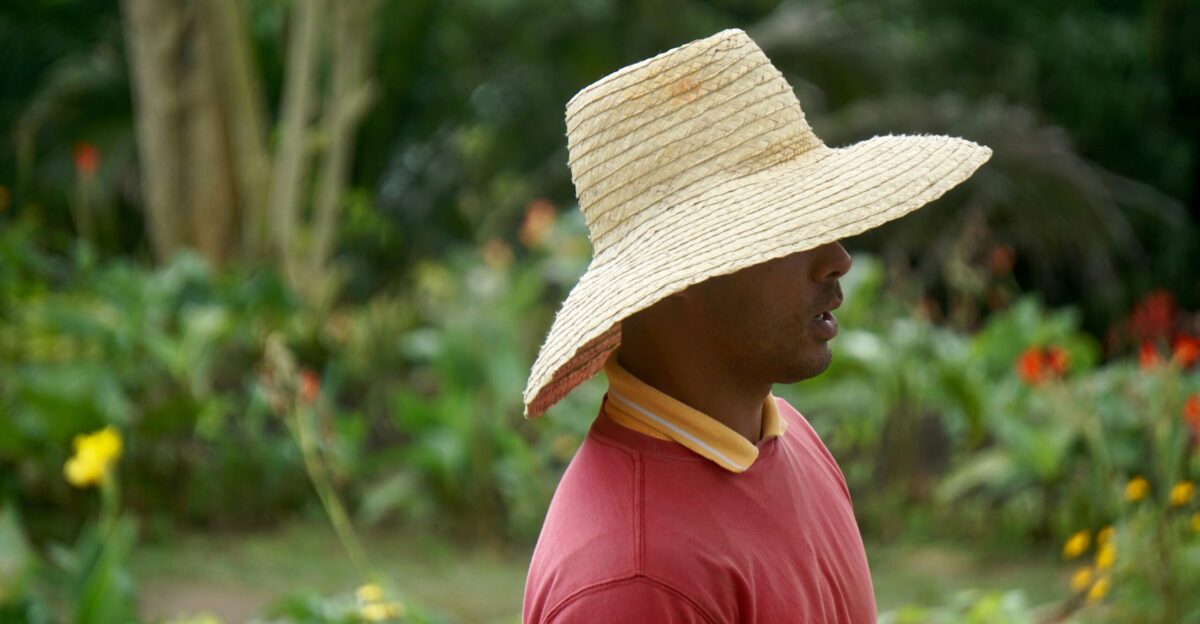
In Haiti’s southern highlands, farmers are weighing impossible options. Some, like those near Jacmel, told reporters they can’t afford to abandon their crops or livestock, even as mudslide risks mount. With government resources stretched thin, many rely on community networks and local radio for storm updates.
One aid worker explained, “People here have lived through too many storms to panic, but not enough help to feel safe.” History backs the concern: previous cyclones have left entire regions isolated for months once flooding cuts off roads.
Governments Activate Emergency Protocols
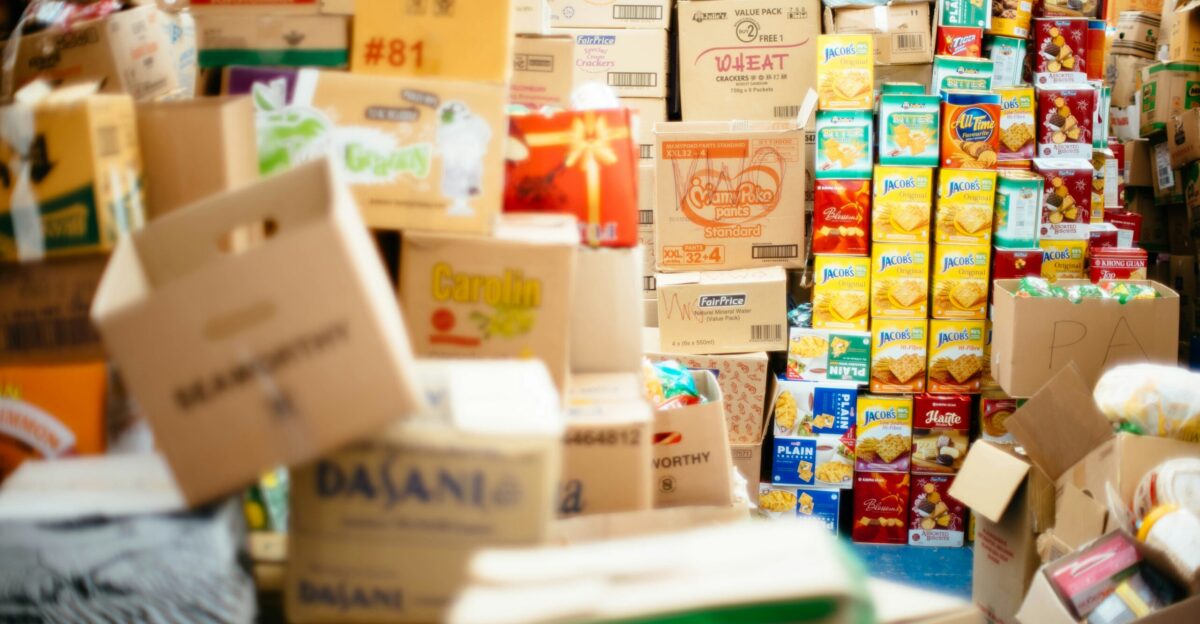
Emergency management teams across Jamaica, Haiti, and the Dominican Republic are now in full response mode. Jamaica pre-positioned supplies across southern parishes and opened shelters in flood-prone areas. Haiti’s interim leadership, working alongside the U.N. and international NGOs, is coordinating food and medical aid distribution in advance.
Meanwhile, the Dominican Republic activated coastal evacuation plans. Given the storm’s wide footprint and unpredictable trajectory, the Caribbean Disaster Emergency Management Agency urged nations to “share resources and information. “
Economists Warn of Price Surges Across the Region

Economists say Melissa could trigger a fresh wave of inflation across Caribbean markets already reeling from high food and fuel costs. Jamaica’s dependence on imported staples makes it especially vulnerable to price spikes once shipping routes close.
Haiti, where informal trade sustains most communities, risks severe shortages of essentials if supply lines break down. According to a regional trade analyst, “Even temporary disruptions in transport or agriculture ripple fast in small island economies.”
Health Systems Brace for Post-Storm Crises
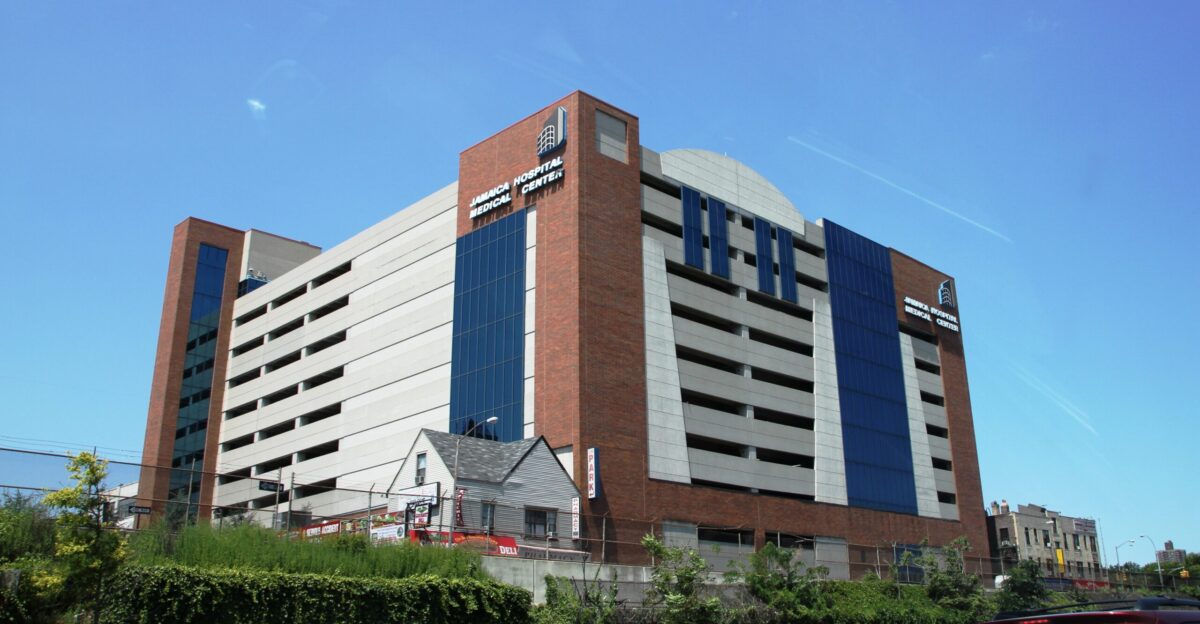
Hospitals in Jamaica and the Dominican Republic have stocked supplies and reinforced emergency wards, preparing for storm-related injuries and waterborne disease. In Haiti, medical teams fear a resurgence of cholera, a persistent threat following heavy flooding.
Local clinics prepare as best they can, though many still lack backup power or sanitation systems. Mental health specialists have also voiced concern about the toll of repeated climate disasters on families who have yet to recover from the last one.
Warmer Seas Fuel Stronger, Slower Storms
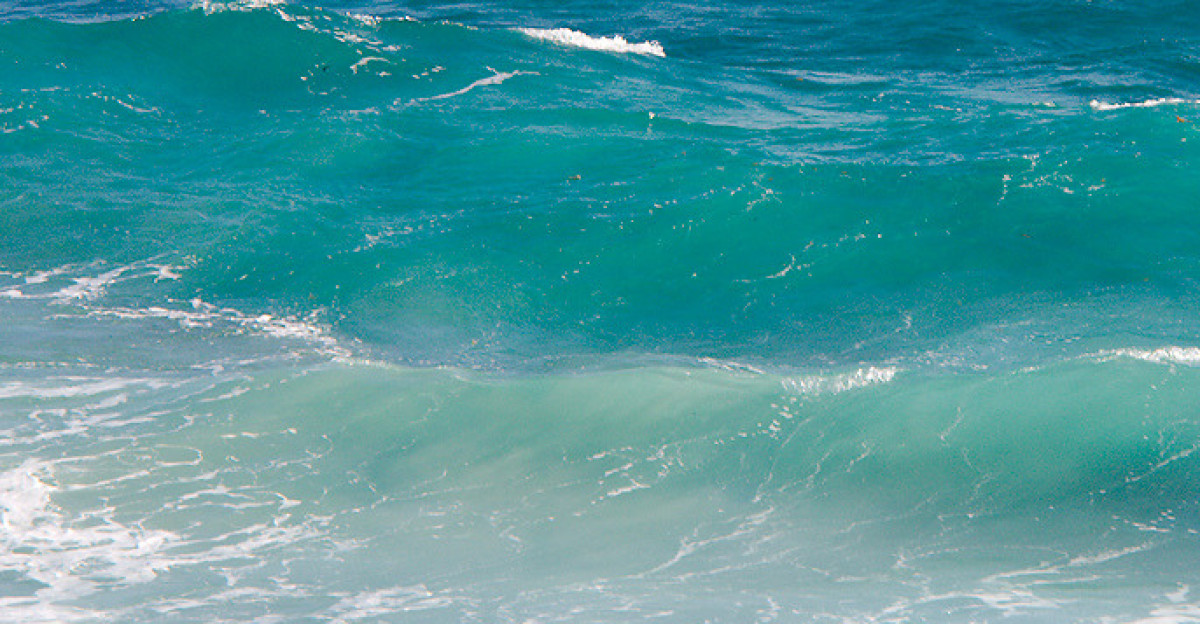
Meteorologists say Melissa’s strength is no coincidence. The storm formed over unusually warm Caribbean waters, which scientists link to the accelerating effects of climate change. “The warmer the water, the more energy a storm can draw,” said one climate researcher interviewed by Mr. Weatherman.
This pattern—slower, wetter storms—mirrors the behavior of Hurricanes Harvey and Dorian, both of which caused catastrophic flooding after stalling over land. Experts warn that Caribbean nations, though contributing little to global emissions, face disproportionate risks as sea temperatures continue to rise.
Global Aid Networks Mobilize in Advance
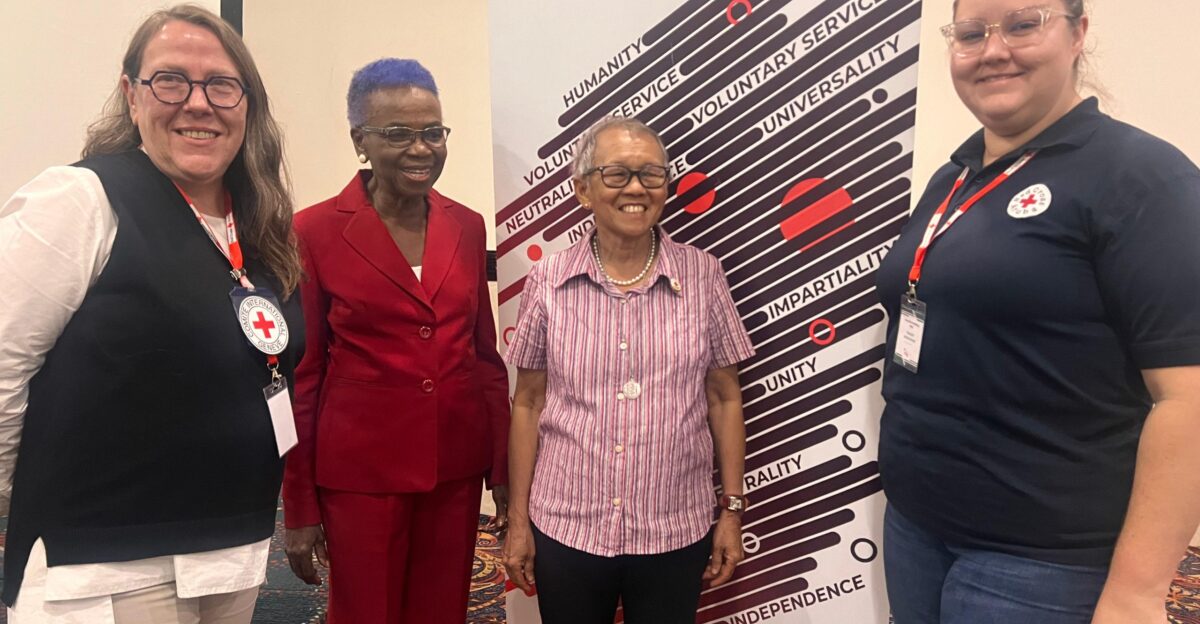
International aid groups aren’t waiting for landfall. The United Nations, Red Cross, and several regional NGOs are already pre-positioning water purification units, tarps, and medical kits in the Dominican Republic and Jamaica.
Diaspora communities in North America have also launched donation drives to assist families back home. A Caribbean Disaster Emergency Management Agency spokesperson noted that “early mobilization is critical” to prevent bottlenecks once roads and ports close.
Construction and Relief Sectors Prepare for the Aftermath
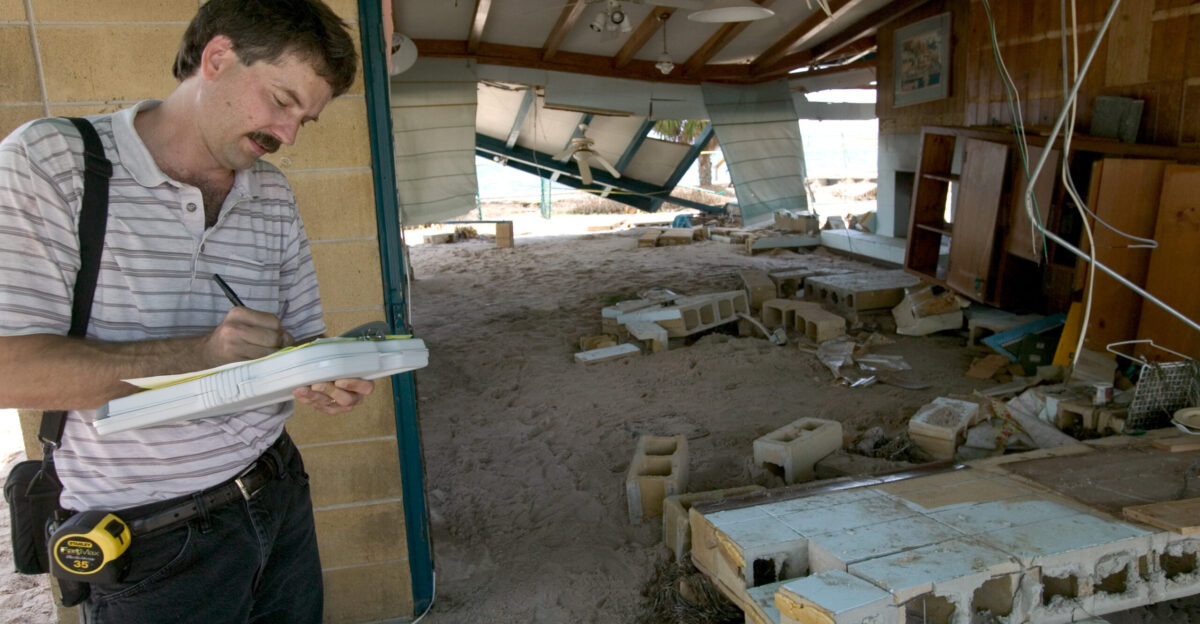
Suppliers across the Caribbean are bracing for demand surges in building materials, fuel, and logistics support once the storm passes. Insurance providers expect a wave of claims if Melissa reaches hurricane strength, particularly in Jamaica.
While the rebuilding phase could temporarily boost local construction activity, economists warn that tourism, small businesses, and exporters will bear the brunt of long-term losses. “Recovery takes months, not weeks,” said one regional economist, adding that many businesses still haven’t rebounded from last year’s storms.
What Travelers and Consumers Should Know

Experts urge anyone with relatives in affected areas to establish backup communication plans before the storm intensifies. Travelers with Caribbean trips planned through early November should monitor airline advisories and consider flexible rebooking.
Meanwhile, consumers eyeing coffee or chocolate price hikes should avoid panic buying as retailers say short-term increases are possible but manageable. Donating to verified relief organizations remains one of the most effective ways to help.
A Measure of Caribbean Resilience in a Warming World
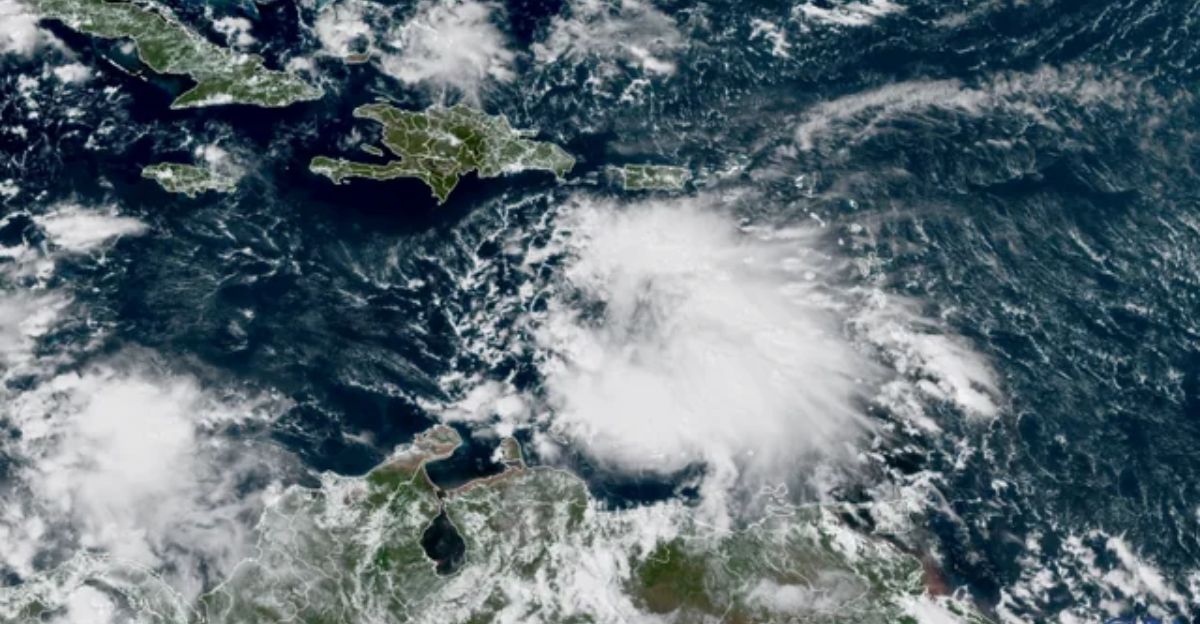
Tropical Storm Melissa is more than another weather headline; it’s a test of resilience for nations repeatedly struck by climate extremes. As forecasters track its movement, communities brace for impact with hard-earned experience but dwindling resources.
The storm highlights a sobering truth that in a warming world, the Caribbean’s challenges extend far beyond the coastline, revealing the growing gap between the storms humanity can predict and those it can truly withstand.